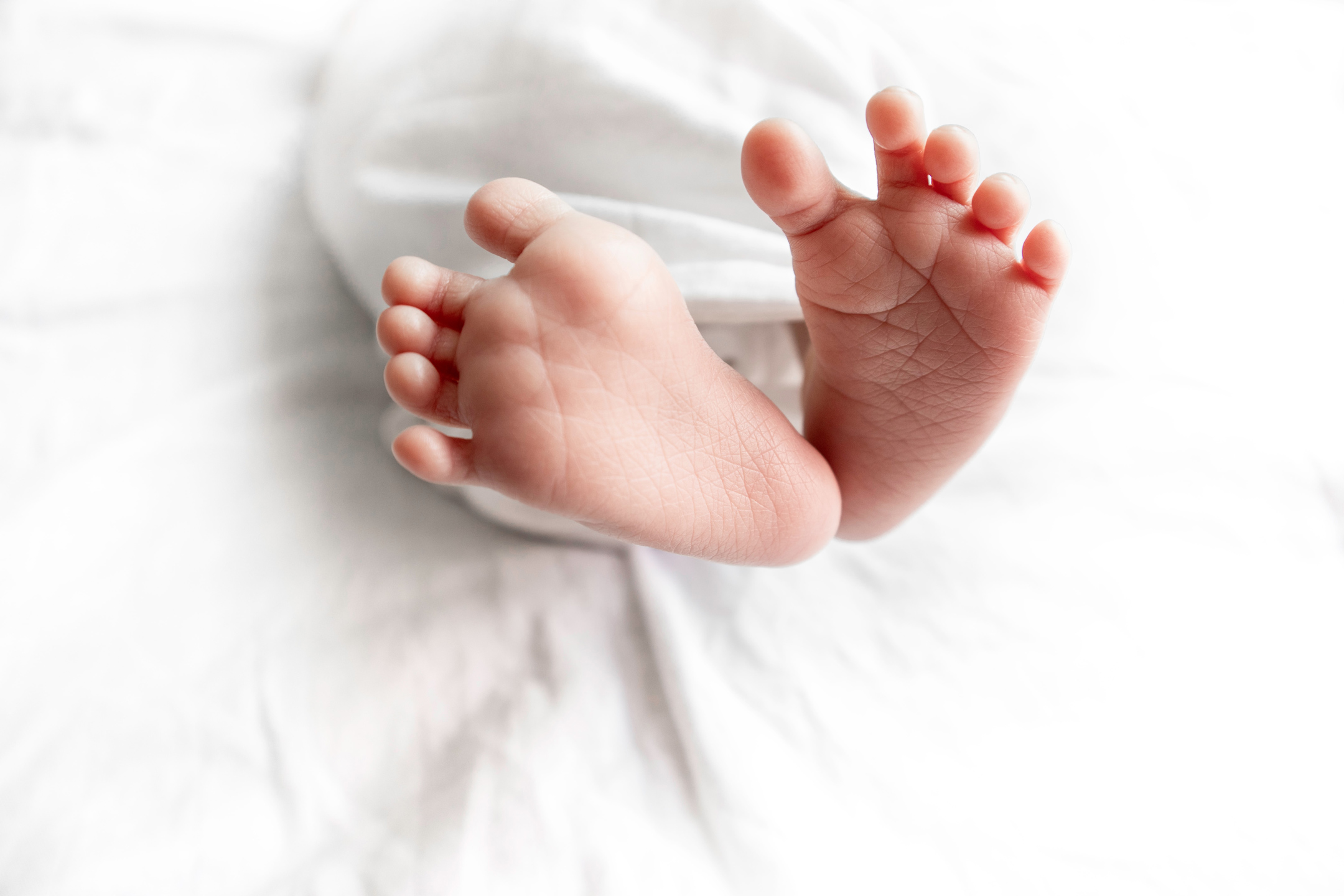
23 Feb Early diagnosis means early treatment for SMA
Newborn screening for spinal muscular atrophy improves chances of walking and quality of life
A study by the Sydney Children’s Hospital Network (SCHN) and UNSW (Sydney) researchers shows that early diagnosis means early treatment.
Spinal muscular atrophy (SMA) is a childhood-onset motor neuron disease. Left untreated, it is a potentially fatal genetic condition caused by a missing or faulty SMN1 gene, which leads to progressive muscle weakness and wasting in babies – limiting their ability to move and sometimes feed and breathe independently.
Clinicians are usually only able to diagnose and treat SMA after symptoms have appeared. By that point, many have already and irreversibly lost up to 90 per cent of their motor nerves, which is why earlier detection is vital.
“Until recently, SMA was the leading genetic cause of infant mortality worldwide. Many babies born with the severest infantile-onset form of the disease – type 1 SMA – died before their second birthday,” says Dr Kariyawasam.
NBS programs test for a range of rare, treatable conditions as early as possible after birth – even before symptoms appear. While there is currently no cure for SMA, recent advances in the effectiveness of genetic treatments have opened the possibility for a test for SMA to be included in newborn bloodspot screening.
Newborn screening improves health outcomes
For the study, researchers followed 15 children diagnosed with SMA using NBS (screening group) and 18 children diagnosed by clinical referral (comparator group) for two years from diagnosis. Children within both groups had the potential to access disease-modifying therapeutics.
The two-year survival rate was 93 per cent in the screening group and 89 per cent in the comparator group. But of the survivors, 11 could walk independently or with assistance in the screening group, compared with just one child diagnosed via a traditional clinical pathway.
The study found the need for respiratory and feeding support was also seven times less in the screening group.
Research changing rare genetic diseases
Since 2018, more than 400,000 babies have been screened for SMA in the NSW NBS program. NSW was the first jurisdiction in Australia to pilot testing for SMA in the NSW NBS program and has since committed $1.3 million annually to ongoing screening.
Since 1 July 2022, parents of all new babies born in NSW and the ACT are offered free tests for SMA within 48-72 hours of their baby’s birth. SMA screening has now been recommended by the Australian Government to be rolled out nationally with support from the research team, who will help develop standardised guidelines.
“The research shows the effectiveness of newborn screening for spinal muscular atrophy in the broader population,” says the lead author of the study Dr Didu (Sandi) Kariyawasam in the School of Clinical Medicine, UNSW Medicine & Health, and a paediatric neurologist at SCHN.
“It’s an important study for building the evidence base that newborn screening is an approach that leads to better health outcomes for children with spinal muscular atrophy and is impactful enough to justify widespread adoption,” says Professor Michelle Farrar in the School of Clinical Medicine, UNSW Medicine & Health, and a paediatric neurologist at SCHN.

